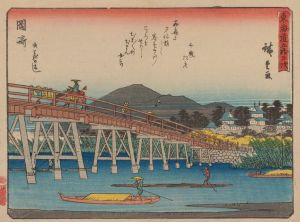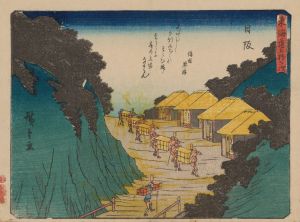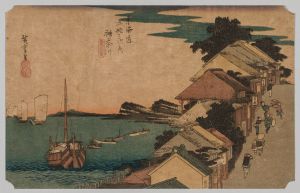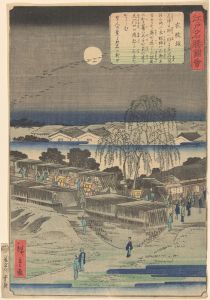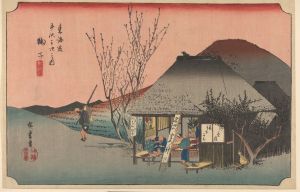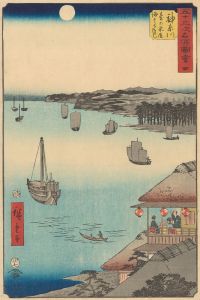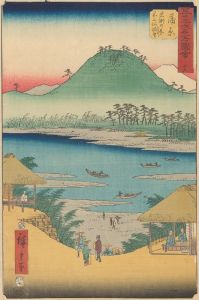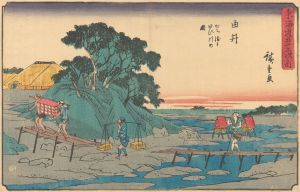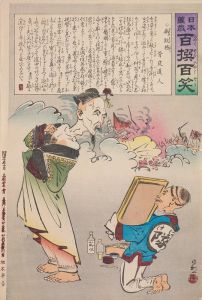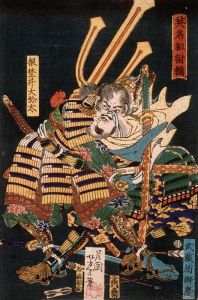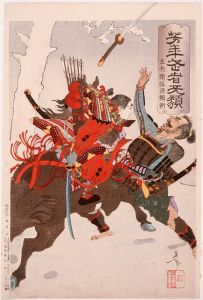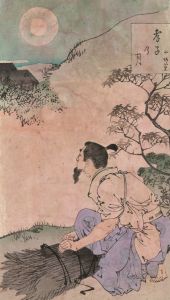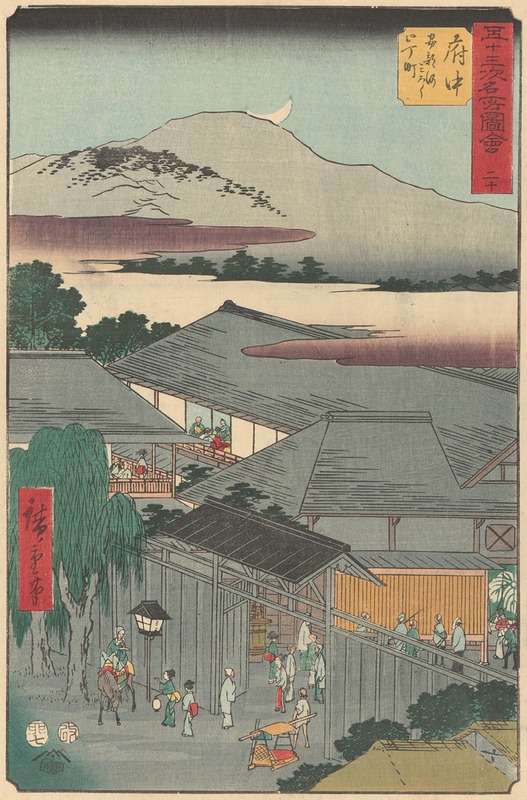
Fuchu
A hand-painted replica of Andō Hiroshige’s masterpiece Fuchu, meticulously crafted by professional artists to capture the true essence of the original. Each piece is created with museum-quality canvas and rare mineral pigments, carefully painted by experienced artists with delicate brushstrokes and rich, layered colors to perfectly recreate the texture of the original artwork. Unlike machine-printed reproductions, this hand-painted version brings the painting to life, infused with the artist’s emotions and skill in every stroke. Whether for personal collection or home decoration, it instantly elevates the artistic atmosphere of any space.
Andō Hiroshige, a renowned Japanese ukiyo-e artist of the Edo period, is celebrated for his landscape prints and depictions of the Tōkaidō, a vital coastal route connecting Edo (modern-day Tokyo) to Kyoto. One of his most famous series is "The Fifty-three Stations of the Tōkaidō," which captures the various post stations along this route. Among these, "Fuchu" is a notable print that exemplifies Hiroshige's masterful use of color, perspective, and composition to convey the essence of 19th-century Japan.
The "Fuchu" print is part of the Hoeido edition of "The Fifty-three Stations of the Tōkaidō," published in the early 1830s. This series was inspired by Hiroshige's own travels along the Tōkaidō road in 1832, a journey that profoundly influenced his artistic direction. Each print in the series captures a specific station along the route, offering a glimpse into the daily life, culture, and landscapes of the time.
In the "Fuchu" print, Hiroshige depicts the bustling activity of the Fuchu post station, which was located in present-day Shizuoka Prefecture. This station was an important stop for travelers, offering rest and refreshment along the arduous journey. The composition typically features travelers, local inhabitants, and the natural environment, all rendered with Hiroshige's characteristic attention to detail and vibrant color palette.
Hiroshige's work is distinguished by its innovative use of perspective and composition. In "Fuchu," he employs a dynamic arrangement that draws the viewer's eye through the scene, creating a sense of movement and life. The use of color is also significant, with Hiroshige employing a range of blues, greens, and earth tones to evoke the natural beauty of the Japanese landscape. This use of color not only enhances the aesthetic appeal of the print but also reflects the changing seasons and weather conditions, a common theme in Hiroshige's work.
The "Fuchu" print, like others in the series, serves as a historical document, providing insight into the culture and society of Edo-period Japan. It captures the interactions between different social classes, from samurai and merchants to farmers and laborers, highlighting the diverse tapestry of life along the Tōkaidō. The attention to architectural details, clothing, and activities offers a rich visual narrative that complements the historical and cultural context of the time.
Hiroshige's "The Fifty-three Stations of the Tōkaidō" series, including the "Fuchu" print, had a significant impact on both Japanese art and Western artists. The series was instrumental in popularizing the ukiyo-e genre and influenced the Impressionist and Post-Impressionist movements in Europe. Artists such as Vincent van Gogh and Claude Monet admired Hiroshige's work for its innovative use of perspective and color, which informed their own artistic explorations.
In summary, Andō Hiroshige's "Fuchu" print is a masterful representation of the artist's skill in capturing the essence of 19th-century Japan. Through its vibrant colors, dynamic composition, and detailed depiction of life along the Tōkaidō, the print offers a window into the cultural and historical landscape of the Edo period. Hiroshige's work continues to be celebrated for its artistic innovation and enduring influence on both Japanese and Western art.





